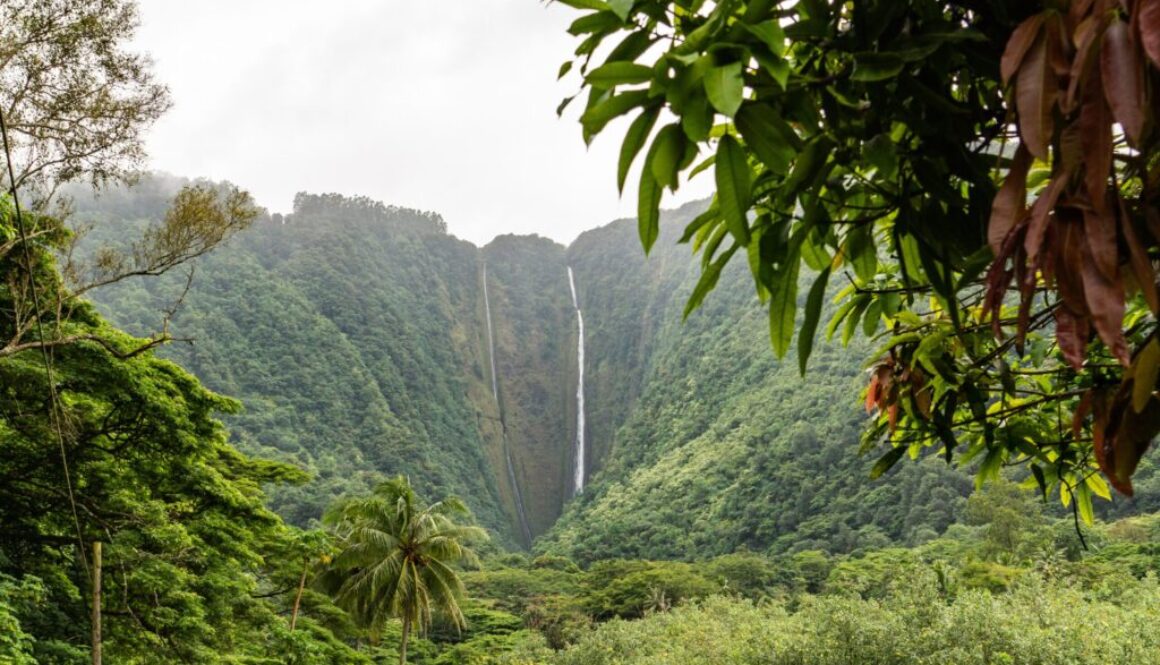Live Aloha: Advice From A Queen
“Live Aloha” bumper stickers aren’t as common as they once were, but maybe they should be. There’s a great story behind the original bumper sticker.
How To Solve A Problem
In 1993, a group of community leaders on O`ahu began meeting to talk about how they could improve life in the Islands by reforming government. These were people who had lived in Hawai`i all their lives, and they had watched in dismay as the gentle lifestyle they remembered diminished day by day.
After several meetings, they decided the solution lay not only with the government but with individuals, with each person’s daily actions.

The Purpose Of Aloha
They decided they would ask the people of Hawai`i to agree to undertake certain basic actions in their lives that would encourage sharing, caring, and community building. These would be things that anyone could do, regardless of where they lived or what they did, or how much money or power they might possess.
The group made a list of everyday actions that people could take that would express aloha for the world around them. They thought about how to share this list with the public, along with the concept it exemplified, and came up with the idea of a bumper sticker. But what should it say?
A Simple Solution
Advertising executives volunteered to brainstorm to find an appropriate bumper sticker phrase. Eventually, their many suggestions were narrowed down to “Live Aloha.” The design would include the red `ohi`a lehua blossom, which grows from the barren landscape left by a lava flow, symbolizing the diversity, simple beauty, and enduring strength of Hawaii.
To publicize the Live Aloha campaign, members of the group who worked at Channel 2 produced a promotional film, searching their station’s archives for material.
What they dug up stunned the founders of this modern-day campaign.
Looking Back In Time
The producers discovered file footage of an interview with the late Inez MacPhee Ashdown. In 1907, Inez moved from Wyoming to Maui with her father, rancher Angus MacPhee. In 1918, MacPhee obtained a lease on the island of Kaho`olawe and began a ranch there. As a young woman, Inez loved being on the island and always hoped that someday she would run the Kaho`olawe Ranch Company.
But when World War II began, Angus MacPhee and his partner, Harry Baldwin, voluntarily turned over the island to the military for bombing practice. Although Kaho`olawe was supposed be returned to the ranch after the war, the military kept the island, and continued to use it for bombing practice.
Inez mourned the loss for years. The film clip the Live Aloha film producers discovered recorded an interview when Inez was in her eighties. She spoke about the bitterness she had felt, and of the spiritual journey she had taken in reconciling herself to the loss of Kaho`olawe.
Inez said she had comforted herself by remembering advice offered by Queen Lili`uokalani. As a child, she met the queen soon after the MacPhees landed in Hawai`i, when her father, a champion rodeo roper, was something of a celebrity.
Lifelong Advice
Several years later, when Inez was upset by her parents’ divorce, the queen took her for a carriage ride one day. “Throw the `opala [rubbish] from the garden of your heart and let only the golden blossoms of aloha grow there,” the queen told the sad little girl back in 1910. “Live aloha.”
After watching the promotional film, the Live Aloha group stood silent, many with tear-filled eyes. The motto they had thought a product of contemporary cleverness had in fact been coined decades earlier by a queen whose own losses could have left her bitter. Instead, Lili`uokalani chose to live and teach aloha. Now, somehow, the queen’s advice had resurfaced to help a modern community connect to the ancient values that continue to make Hawai`i unique.
Sticking To A Hawaii Way Of Life
More than 600,000 Live Aloha bumper stickers were distributed, many to schoolchildren. Each came with a card describing the kinds of actions the Live Aloha founders identified as exemplifying the attitudes and way of life that make Hawai`i a special place.
From the Live Aloha card, here are some suggestions:
- Respect your elders and children.
- Leave places better than you find them.
- Hold the door. Hold the elevator.
- Plant something.
- Drive with courtesy. Let others in.
- Attend an event of another culture.
- Return your shopping cart.
- Get out and enjoy nature.
- Pick up litter.
- Share with your neighbors.
- Create smiles.
- Make a list of your own.
If you aspire to “live aloha,” remember these suggestions offered by a group of people who love Hawai`i and whose modern-day efforts somehow tapped into the stream of wisdom flowing from the spirit of Hawai`i’s last queen.
A version of this story originally appeared in Island Life 101: A Newcomer’s Guide to Hawai`i.

